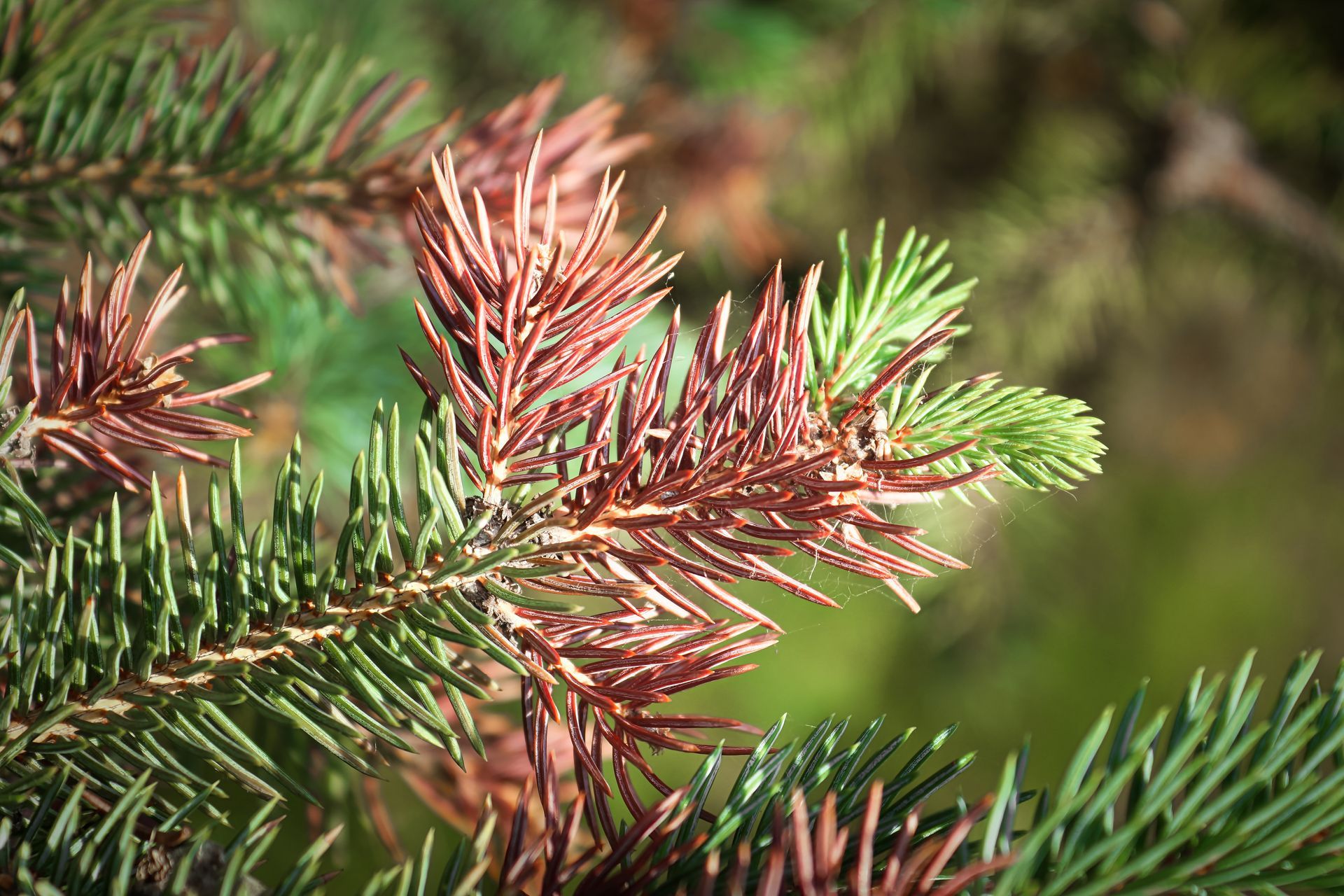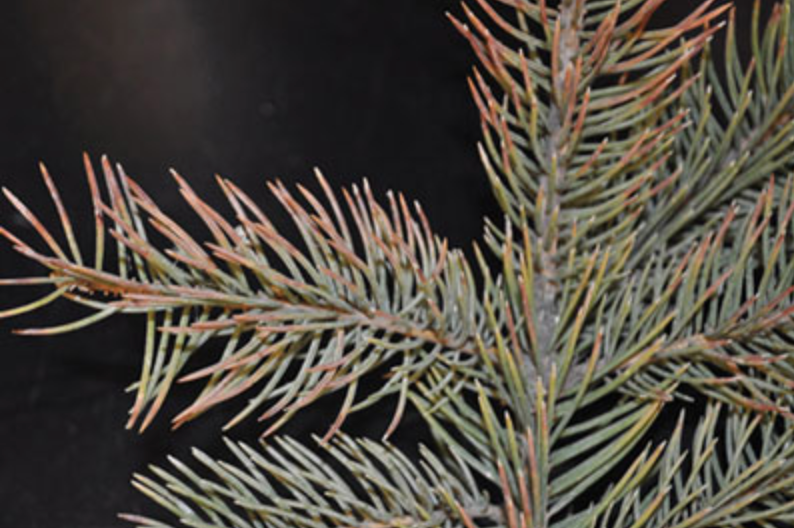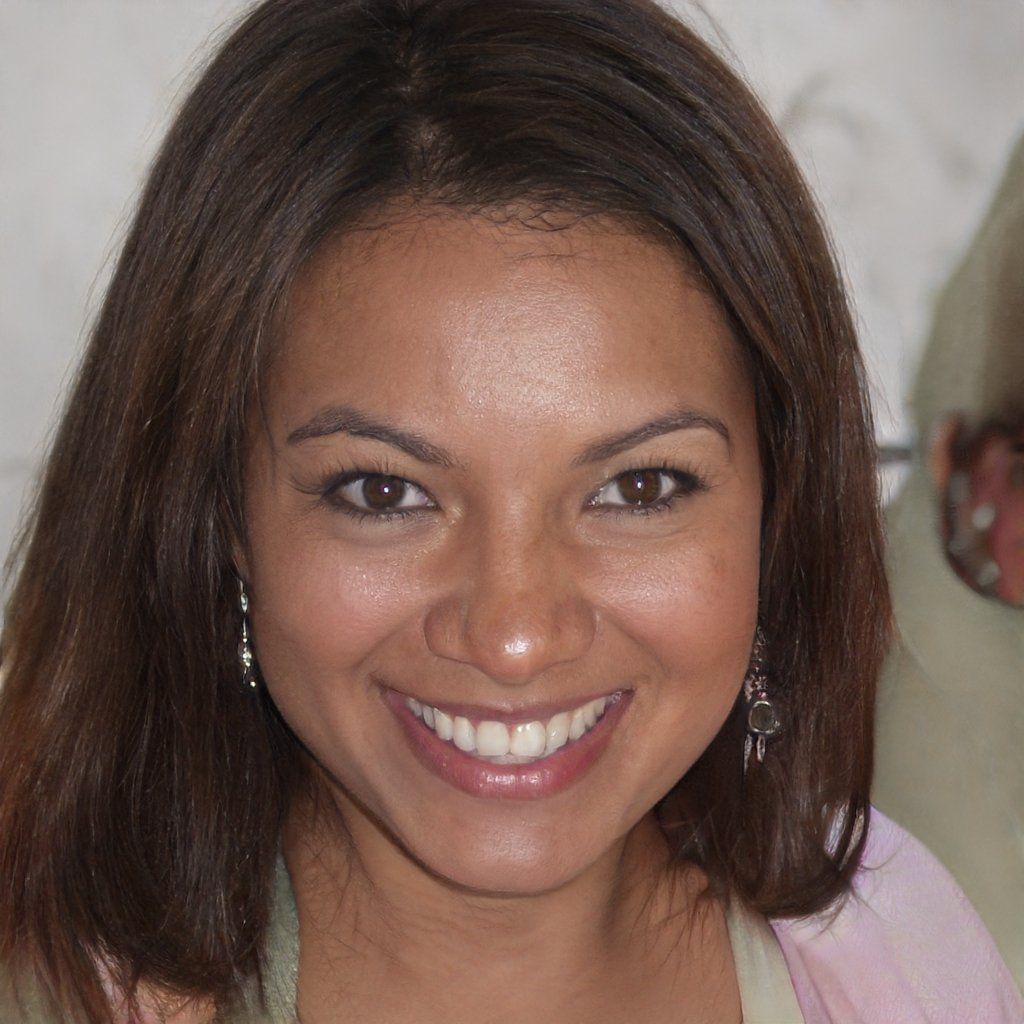Needle Cast Disease

Fungal diseases, such as the Rhizosphaera needle cast, affect coniferous trees like pine, spruce, and Douglas fir. Needle cast disease starts at the lower branches but can quickly spread.
As it reaches the upper parts, it results in thinning foliage and poor growth. Here's a detailed overview of needle cast disease and treatment methods.
Table of Contents
Prevention and management of tree rust disease involve cultural and chemical treatments. Below, we discuss everything you need to know about tree rust disease.
What Is Needle Cast Disease?
Needle cast disease is a fungal disease of fir and spruce trees. It has many causative agents, such as Phaeocryptopus gaeumannii and Lophodermium seditiosum.
The causative agent of Rhizosphaera needle cast is Rhizosphaera kalkhoffii. But many other fungal species can also cause this disease.
The disease cycle of needle cast disease is as follows:
- Overwintering: The fungus overwinters on infected needles. These needles either fall to the forest floor or stay attached to the tree.
- Spring Infection: When spring arrives, the spores from the diseased needles are dispersed by air or rain to nearby trees. The spores germinate and infect new growth.
- Summer Development: In the summer, the fungus continues developing. It produces new fruiting bodies and spores that further infect other trees.
Symptoms
Since there are many types of needle cast diseases, the symptoms differ across species. But the symptoms of most common needle cast diseases include:
- Needle Discoloration: The earliest sign of the disease is discolored needles. The infected needles turn yellow, brown, or purple before they fall off the tree.
- Reduced Retention: A blue spruce tree infected with needle cast will have fewer needles. Most new needles will fall off the tree prematurely.
- Thinning Foliage: As the disease spreads, the tree's foliage thins. It makes the tree look unhealthy and sparse.
- Needle Spots: Some needle cast diseases, such as pine tree needle cast disease, cause spot or band formation on the needles. These bands help identify the type of fungus that has infected the tree.
- Reduced Growth: Trees with needle cast disease, such as Colorado blue spruce tree or Douglas fir, have reduced growth. They are also more susceptible to pest infections and diseases.

Rhizosphaera Needle Cast
Rhizosphaera needle cast is a type of needle cast caused by Rhizosphaera fungus. It has the following identification features:
- The infected needles turn brown or purple in early summer or spring. But the new needles remain green.
- Tiny black bumps appear on infected needles. These bumps are the fruiting bodies arranged neatly on the needles in a row.
- Discolored needles fall from the tree in late summer or early fall.
- Infected trees have fewer needles compared to healthy trees. They also look thinner compared to new growth.
- Damage starts from the lower branches of the infected tree and moves upward. When the healthy needles on the tree canopy get infected, the tree loses its overall vigor.
- If needles are infected for three to four years in a row, the infected branches die.
Trees Affected
Needle cast disease affects the following trees:
- Douglas fir (Pseudotsuga menziesii)
- White pine (Pinus strobus)
- Scotch pine (Pinus sylvestris)
- Red pine (Pinus resinosa)
- Eastern white pine (Pinus strobus)
- Norway spruce (Picea abies)
- Colorado blue spruce (Picea pungens)
- Austrian pine (Pinus nigra)
- Black hills spruce (Picea glauca var. densata)
Here's the disease development process of some commonly affected trees.
Lophodermium Needle Cast
The Lophodermium fungi affect pines, including Austrian and Scots. Infected needles develop black fruiting bodies and release spores by midsummer.
The branches closest to the ground show the most severe symptoms. Repeated infection by Lophodermium can lead to lower branches' dieback.
Ploioderma Needle Cast
When Ploioderma affects a tree, the infected needles stay attached to the tree for some time. They form the fruiting bodies while intact with the tree. The needles turn reddish-brown in winter. Sometimes, the tips turn brown, but the base stays green.
Cyclaneusma Needle Cast
Cyclaneusma fungus causes needles to turn yellow. These needles have brown bars across their surface.
The fruiting bodies of this fungus are white or yellow. They can develop on both shed and attached needles. The infection starts between April and June in the first year.
But in subsequent years, the infection can occur between July and December.
How To Treat or Manage Needle Cast Disease
Knowing the plant pathology of needle cast helps in managing the disease. The following are some strategies to treat or manage Rhizosphaera needle cast.
Plant Tolerant Trees
Avoid planting Colorado blue spruce or other tree varieties prone to needle cast. Instead, plant white spruce since it is more resistant.
It's best to plant spruce trees in well-drained, acidic soils that get full sun. Trees planted in poor-quality soils are more prone to Rhizosphaera needle cast.
Air Circulation
Overcrowding plants facilitates the spread of Rhizosphaera needle cast. You should keep the trees spaced adequately so each tree gets sufficient air circulation.
Mulch
Keep a 3 to 4-inch layer of wood chip mulch around the tree. It will prevent weed growth and keep Rhizosphaera needle cast at bay.
However, do not put mulch too close to the tree's trunk. Ensure a 2-inch space between the trunk and the mulch for air movement.
Fungicides
Keep a 3 to 4-inch layer of wood chip mulch around the tree. It will prevent weed growth and keep Rhizosphaera needle cast at bay.
However, do not put mulch too close to the tree's trunk. Ensure a 2-inch space between the trunk and the mulch for air movement.
Sweet New Earth's Final Word
Tree diseases and pests are just another part of life we must learn to live with. With the right tools and knowledge, we can effectively prevent our trees from any egregious harm.
FAQs

Christina Hernandez
Christina has done most of her research on environmental science but recently has changed her focus towards sustainable forestry. She has a passion for the outdoors and wants to spread that passion to the world.
Join our community!
Join to receive guides, insights, and the latest gardening deals!
